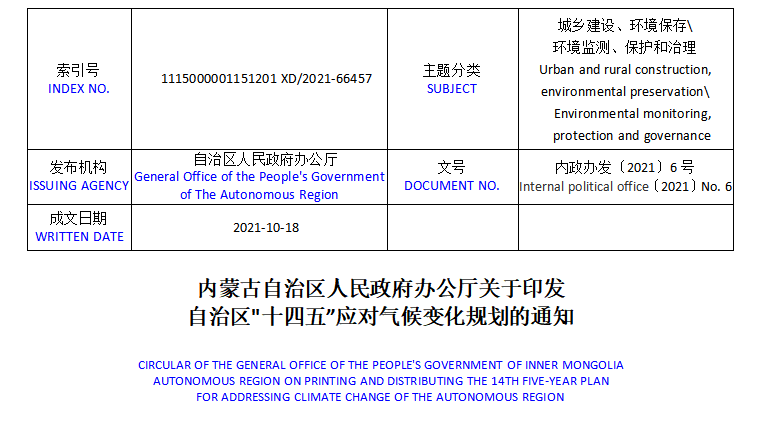Inner Mongolia makes new policies to curb the "Two highs" and ensure the "Double carbon"

Inner Mongolia makes new policies to curb the "Two highs" and ensure the "Double carbon", no longer approve new projects in excess industries such as steel, ferroalloy and coking

The circular mentioned to promote the transformation and upgrading of traditional industries and green development. Graphite electrodes with good performance in steelmaking. Adhere to the market orientation and focus on industries such as iron and steel, coking, building materials, nonferrous metals, chemical industry and agricultural and livestock products processing, accelerate the clean, recycling and low-carbon transformation of the whole process with high and new technologies and advanced applicable technologies, and improve the level of industrial intensive and green development. Give full play to the enabling and leading role of digital technology in the development of traditional industries and promote relevant industries to become high-end, intelligent and green.
Strictly control the new production capacity of the "Two High" industries. During the 14th Five-Year Plan period, Autonomous region is no longer for examination and approval of coke (carbon), calcium carbide, polyvinyl chloride (PVC), ammonia (urea), methanol, ethylene glycol, caustic soda, soda ash, the catalogue of encouraged industries in the western region (2020) in the Inner Mongolia except the encouraged projects), ammonium phosphate, yellow phosphorus, cement clinker, flat glass, UHP(below) graphite electrode, the iron and steel (has entered the production capacity, new capacity projects such as ferroalloy, electrolytic aluminum, alumina (except alumina extracted from coal ash of high aluminum powder), sapphire and single polysilicon without downstream transformation shall be implemented in accordance with the principle of "Reduction and Substitution".
Main target - carbon emission increment and intensity are effectively controlled. By 2025, the coal consumption accounted for the proportion of the total energy consumption fell below 75%, the average coal unit power supply coal consumption to reduce to 305 grams of standard coal/KWH, non-fossil energy capacity of strive to reach 45%, non-fossil energy consumption accounted for 18%, the unit GDP carbon dioxide emissions reduce the rate of complete national appraisal target, The increase in carbon emissions has been effectively controlled.
——The level of green and low-carbon development was further improved. By 2025, the output rate of energy and resources will be further increased, the energy consumption per unit of GDP will be reduced by 15.5 percent, and the energy consumption per unit of added value of industrial enterprises above designated size will be reduced by more than 20 percent. The proportion of new energy and clean energy buses will reach 80%, the proportion of highway bulk material transportation to railway will reach about 5%, and the carbon dioxide emission of unit transportation turnover of operating vehicles will strive to reduce by 3%. Green building standards have been fully implemented for new buildings in cities and towns, with star-rated green buildings accounting for more than 30 percent of new buildings. Green and low-carbon production and lifestyle have basically taken shape.
——The ability to cope with climate change has been effectively improved. The system was further improved, the market mechanism was effectively established, the pilot demonstration of low-carbon development was comprehensively promoted, the talent team was further expanded, and the support for technological carbon reduction was significantly enhanced. In the economic field, the ability of ecosystems to adapt to climate change and the resilience of urban and rural infrastructure have been continuously enhanced.By 2025, the forest coverage rate will reach 23.5 percent and the forest stock will reach 1.55 billion cubic meters; The comprehensive vegetation coverage of grassland is stable at 45%. The ability to scientifically prevent and respond to extreme weather and climate disasters has been significantly improved, communicate with us to know more marked trend.
No related results found








0 Replies